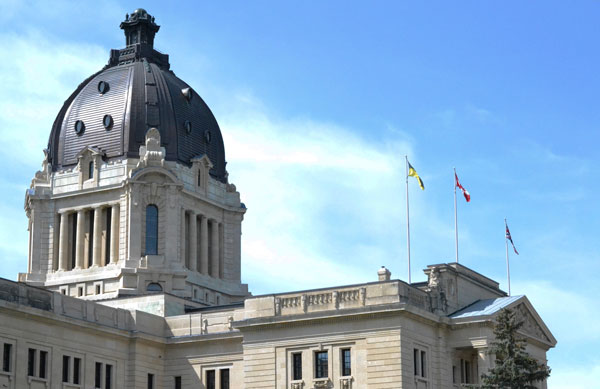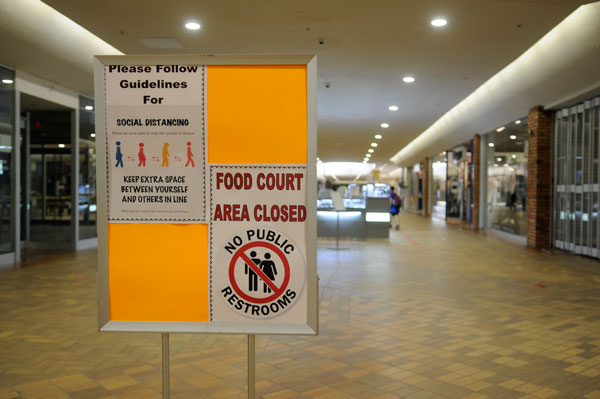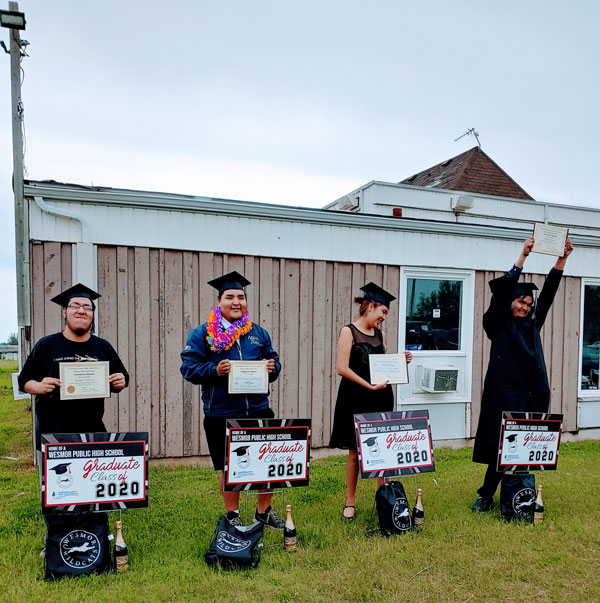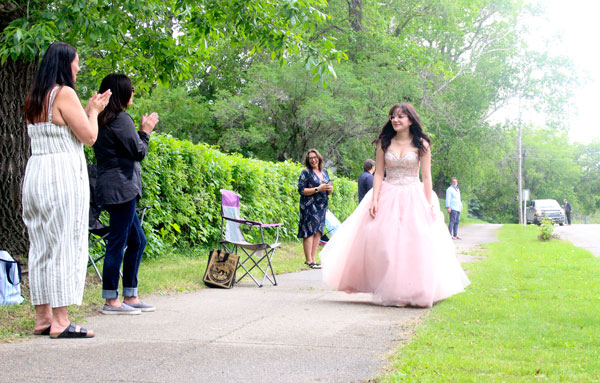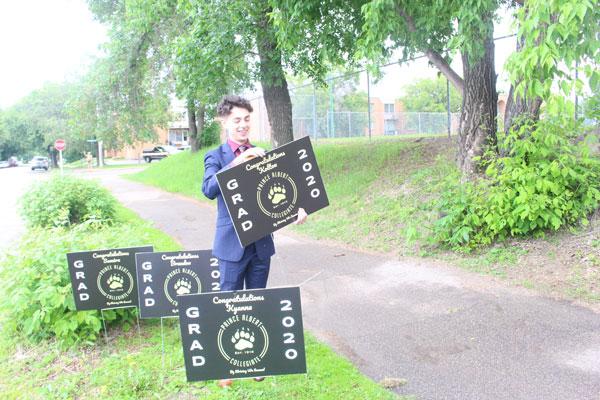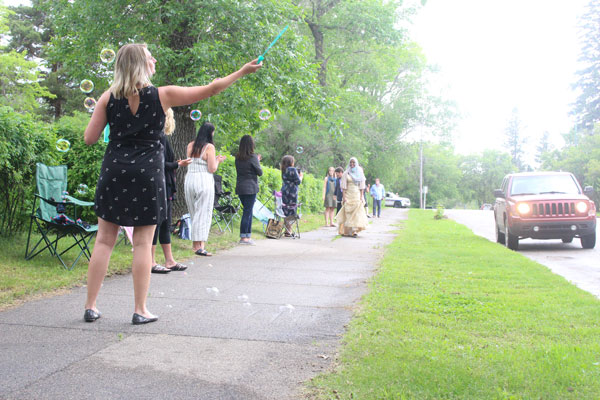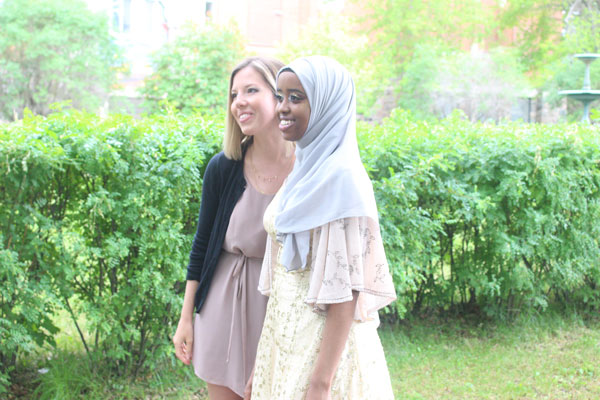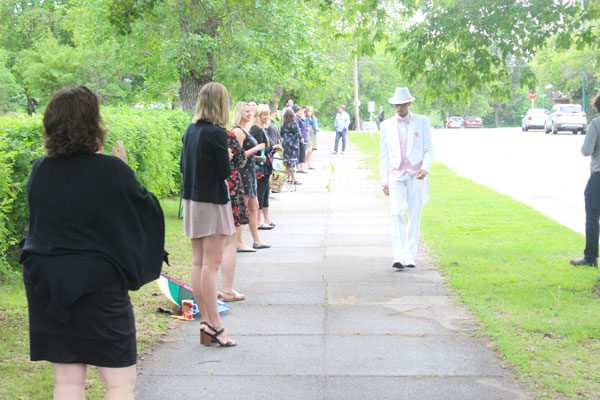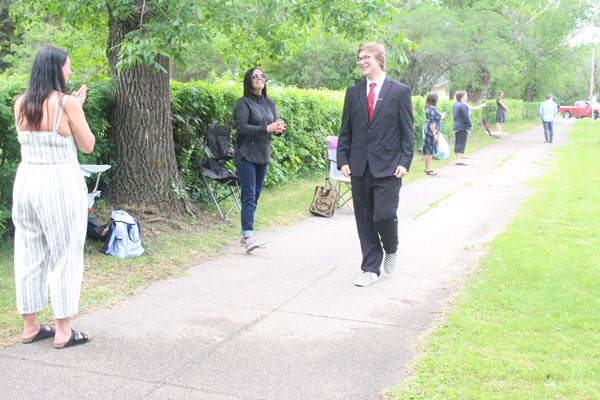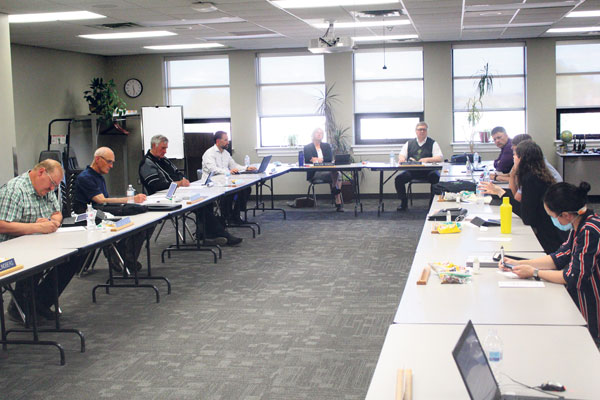After consecutive days with a single case reported there were six new cases of COVID-19 reported in Saskatchewan on Tuesday.
Three cases are in the far north, two are in the north and one is in the south.
“Today we are reporting six new cases as well as five additional recoveries, we are now at 88 active cases in Saskatchewan. Most of the active cases continue to be associated with two localized outbreaks in the northwest and the southwest portions of our province,” Premier Scott Moe said during Tuesday’s press availability.
“While localized outbreaks will continue to occur the number of active cases in our province remain very low with just six active cases in the north region, four in the Saskatoon region, no active cases in Regina and the central regions of this province,” he added.
Chief Medical Health Officer Saqib Shahab advised people to continue using best practices.
“If we do follow the basic principles if they go out and about and seeking testing the first time that symptoms, maintaining physical distancing where it is possible, using a reusable mask where appropriate and otherwise complying with all of the guidelines. We certainly hope to see very few cases or outbreaks over all,” Shahab said.
Of the 785 reported COVID-19 cases in Saskatchewan, 88 are considered active, an increase of one from Monday’s update. The recovered number has gone up an additional five to 684 from Monday.
There are four people in hospital with illnesses related to COVID-19 one less than on Monday. Two cases are in the north, one in Saskatoon and one in the south. A person has been added to intensive care in hospital in the north.
The total number of cases is 785, of those 327 of the cases are from the far north, 186 are from the Saskatoon area, 116 are from the north, 80 are from the Regina area, 64 are from the south and 12 are from the central region.
There are currently 55 cases who are health care workers; however, the source of the infections is not related to their work environments in all instances.
Of the 785 cases in the province: 165 cases are related to travel, 473 are community contacts, which includes mass gatherings, 106 have no known exposures and 41 are under investigation by local public health.
The age breakdown shows 114 cases involve people 19 years of age and under, 271 cases are in the 20-39 age range, 249 are in the 40-59 age range, 130 are in the 60-79 age range and 21 are in the 80-plus range.
The gender breakdown shows 51 per cent of the cases being females and 49 per cent being males.
As of June 30,65,940 COVID-19 tests have been performed in the province an increase of 444 from Friday.
As of June 27 when other provincial and national numbers were available from the Public Health Agency of Canada, Saskatchewan’s per capita rate was 49,250 people tested per million population. The national rate was 72,406 people tested per million population.
Over the weekend the case count changes as the province announced on June 18 the Public Health Agency of Canada provided surveillance guidance regarding the attribution of COVID‐19 cases amongst the provinces and territories.
As of June 27, 10 cases that were attributed to Saskatchewan will no longer be included in the Saskatchewan total count.
Case counts may change with the provision of additional information during the public health investigation.
Province places precautionary health advisory at Emma Lake
on Monday evening the province announced that an individual working at the Sunnyside Bar in Emma Lake has now tested positive for COVID-19.
“The Saskatchewan Health Authority is following up on an individual who tested positive after working as a server at a bar at Emma Lake this past weekend, anyone who was at the SunnySide Bar last Friday, Saturday or Sunday afternoon should self-monitor and if any symptoms do develop self-isolate immediately and call 811,” Moe said.
According to Shahab the method of announcing outbreaks is working.
“I think it is a good message that we should all remember that all of us should have a good idea of what we have been doing over the last two weeks so that if we do see a public service announcement or otherwise have any concerns or yourself have any symptoms you can seek testing and also provide a good summary of all activities you have done over the last two weeks. That will help to make sure that people who may have been exposed or contacted and that will help us to continue to take care of clusters which will arise every now and then but to make sure that they don’t expand any further than they need to,” Shahab said.
As a result, they are advising anyone who attended this business on the dates below should self-monitor for symptoms for 14 days from the date of attendance: Friday, June 26, 2020, between 4 – 9 p.m., Saturday, June 27, 2020, between 4 – 9 p.m. and Sunday, June 28, 2020, between 4 – 9 p.m.

